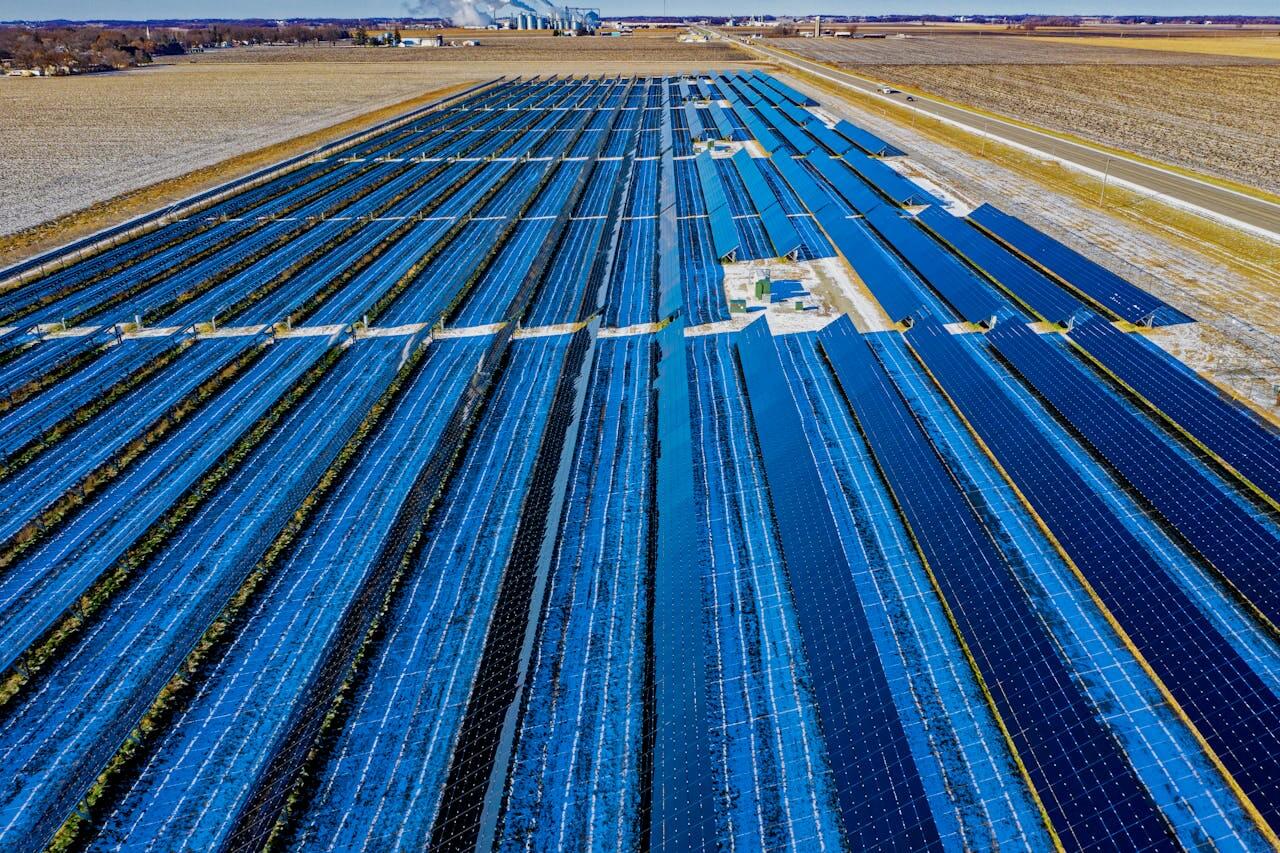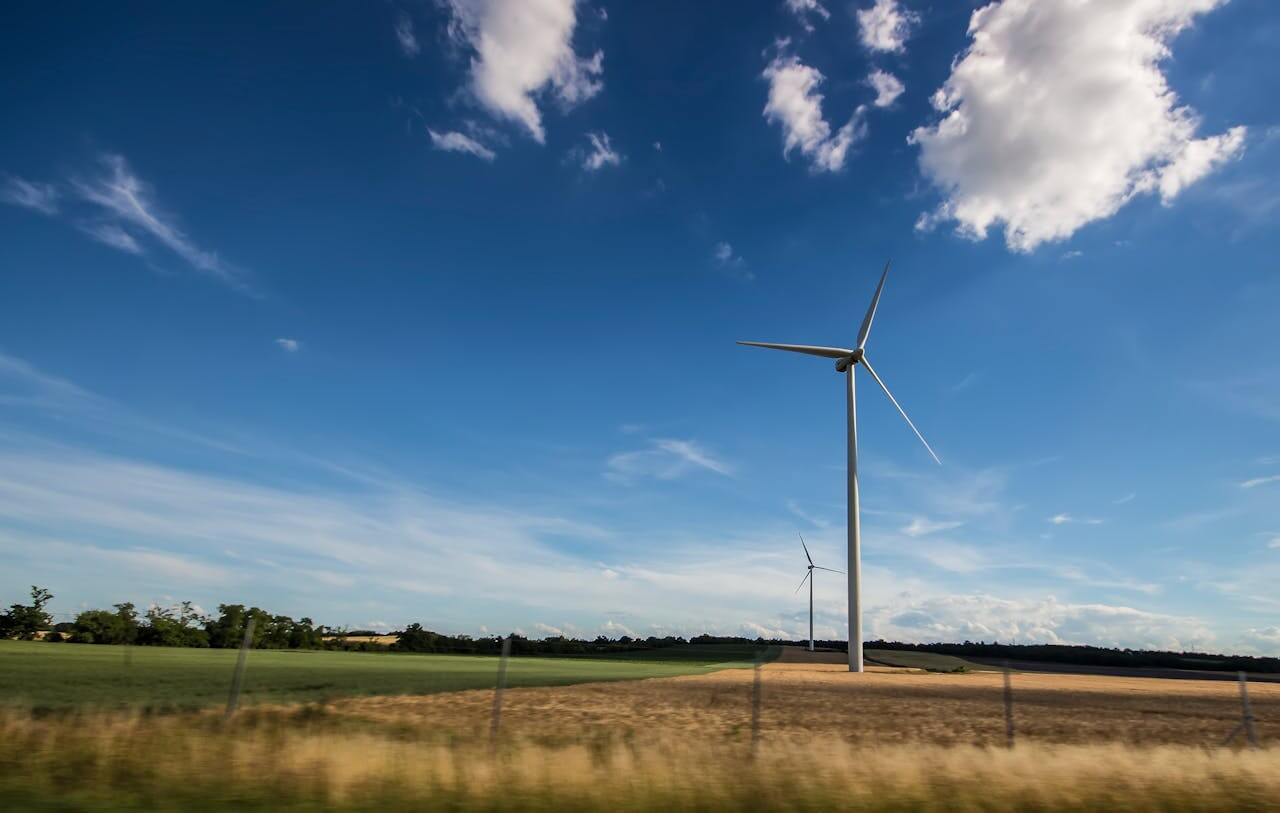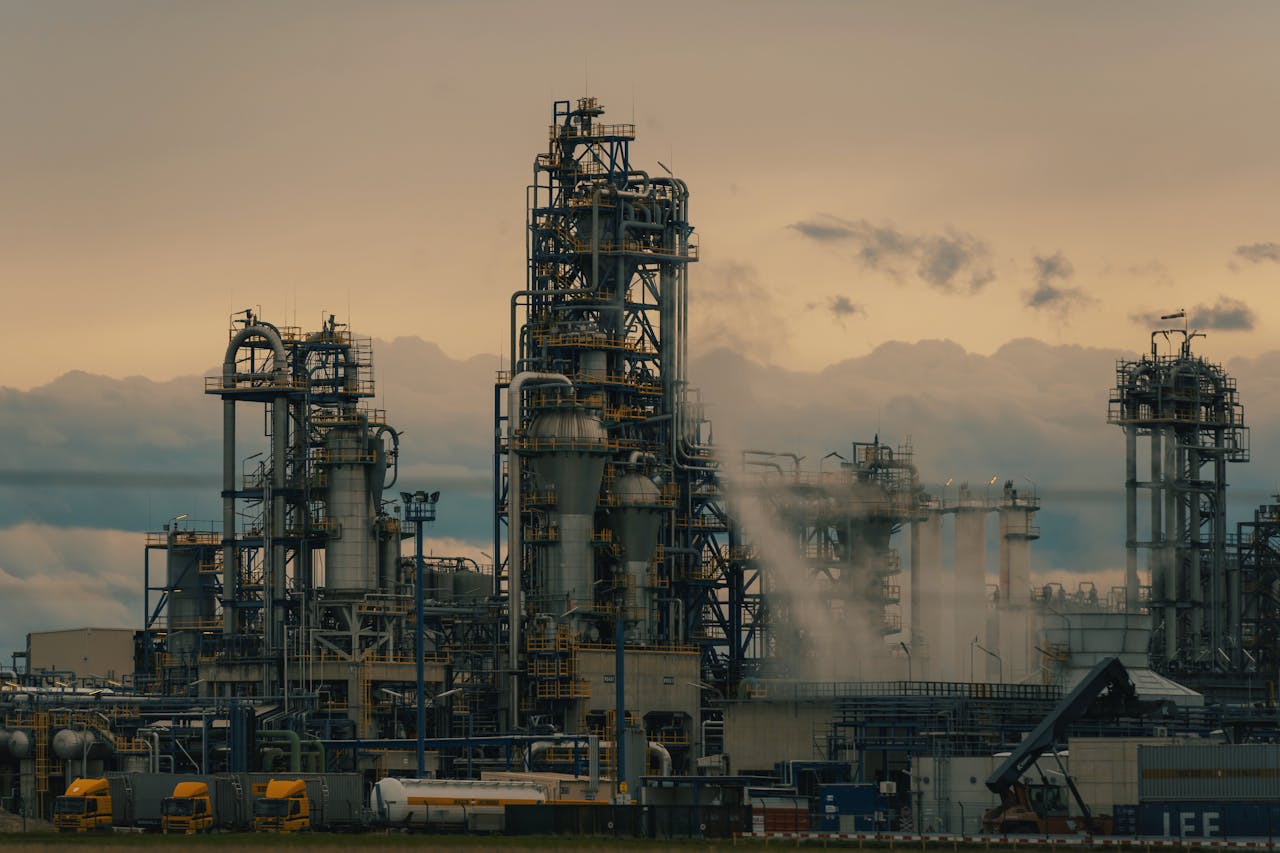Energy Sector Risk Report
Strengths & Weaknesses
Renewable Transition Accelerates
Strong momentum is pushing global economies toward cleaner energy alternatives.
Oil & Gas Stability Improves
The sector is showing solid fundamentals, boosting investor confidence.
Policy Support for Renewables
Governments are rolling out favorable measures to back green energy.
Climate & Security Aligned
Efforts to meet climate goals now align closely with energy security plans.
Sovereignty Through Strategy
Countries are adopting industrial strategies to boost self-reliance and resilience.
Uneven Investment
Disparities in investment distribution across different regions.
Weak Grid Infrastructure
Insufficient electric grid systems in many economies, including the US and UK.
Uncertain Fossil Fuel Demand
Ambiguity surrounding the long-term need for fossil fuels.
High Entry Costs
Clean energy projects require significant upfront capital.
Rising Funding Needs
Financial requirements for energy development continue to grow.
Global Energy Sector Outlook

Transition and Investment Trends
The global energy sector is in the midst of a significant transformation, fueled by clean energy investments, government policy support, and changing demand dynamics. Strategic initiatives like the U.S. Inflation Reduction Act and efforts across Europe and Asia are accelerating the shift toward renewables and electric mobility.
However, the energy transition is not without obstacles, including high upfront capital requirements and outdated infrastructure in key regions.
- Solar energy investment reached USD 380 billion in 2023, surpassing oil and gas for the first time.
- Government-backed policies are driving momentum in clean energy and EV adoption.
- Many regions still struggle with outdated grid systems and uneven access to investment capital.

Sector Performance and Market Challenges
Despite strong support, renewable sectors like wind and solar are grappling with operational and financial challenges.
The wind industry is recovering from disruptions caused by high material costs and supply delays. In the solar space, intense competition—especially from Chinese manufacturers—has triggered a price war, reducing costs for consumers but tightening margins for producers.
- Wind energy projects face delays and cost overruns due to supply chain issues.
- The solar industry is experiencing falling prices due to overcapacity and fierce competition.
- Despite financial pressures, both sectors continue expanding in alignment with global climate goals.

Outlook for Oil and Gas
Oil demand recovered in 2023 and is projected to peak by 2030, with electric vehicles and efficiency improvements driving long-term shifts.
Yet, industries such as aviation and chemicals remain reliant on fossil fuels. Emerging markets may also stick with traditional energy sources due to transition costs. Geopolitical tensions continue to influence market stability and energy strategies worldwide.
- Oil and gas firms posted 30% EBITDA margins in 2023, outperforming the power sector’s 15%.
- Demand for oil will likely decline post-2030, though some sectors remain dependent.
- Conflicts (Ukraine, Middle East) and U.S.–China tensions are reshaping global energy policy.
Subsectors in the Energy Industry
The energy sector comprises several key subsectors that play distinct roles in powering economies. Fossil fuels involve the extraction and processing of oil, gas, and coal, with companies operating in both upstream activities like exploration and production, and downstream operations such as refining and distribution.
The power subsector focuses on generating electricity from diverse sources, including traditional fossil fuels, nuclear energy, and renewables like solar, wind, and hydro.
Meanwhile, the grids and storage subsector covers the development and maintenance of infrastructure needed to distribute and store energy efficiently, ensuring consistent and reliable power delivery.
